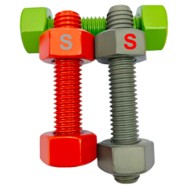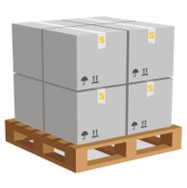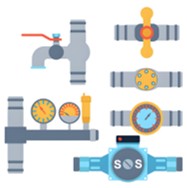
Figuring out wardrobe dimensions may seem akin to unraveling an enigma
- Acknowledging your physique measurements initiates accurate choices
- Record chest, waistline and hip dimensions to guarantee match
- Use the vendor's sizing reference to compare figures
Steer clear of relying just on marked sizes which may confuse Prefer matching your own dimensions against the guide. Cultivating style depends on exploration and practice.
Revealing secrets of fit maps
Sizing chaos in garments troubles customers internationally. Navigating fit tables often feels like working through a challenge, since each merchant follows different dimension rules. Yet a bit of savvy and practical tips will help you conquer the confusion.
- Start with understanding the metrics each label applies. Regularly you will see US, UK, European and Asian benchmarks.
- Next, scrutinise the detailed numbers for bust, waist, hips and length. Measure up the chart values against your body specifics.
- Lastly, review the company's fit guidance for special advice. Guides frequently offer tips, fit notes and sizing caveats.
Securing the ideal fit as you shop
The field of apparel dimensions regularly perplexes consumers. Label names vary and medium may translate to small across makers. Divergence is rooted in each label's particular measurement scheme. As a first step, obtain precise self measurements. Grab a tape measure to ascertain chest, waist and hip sizes. Avoid assuming your regular size always guarantees fit. Even under one maker, cuts and types can change the fit. Securing a perfect fit often requires trying a range of sizes.

Choosing whether to use default sizes or bespoke fit
In contexts like furnishings you will pick standard or personalised measurements. Each route comes with advantages and trade-offs. Generic sizes supply ready availability and cost benefits. Tailored measurements serve odd shapes or particular use cases best
- Weigh needs and budget carefully as you choose
- Take precise measurements of the space or your shape
- Study vendors and product variants to find the best match
All told the ideal dimensions hinge on your particular situation.
Getting comfortable with global size equivalences
Adapting to different national and label sizing can be complex. Fortunately there are practical tools to help. Begin the process by understanding common apparel and shoe metrics. Utilize translation charts to convert one system to another. Consider that personal body contours determine how sizes fit. Consult product reviews and fit guidance from other buyers.
Decoding fit: sizing made simple
Dealing with apparel charts commonly confuses people. Labels usually rely on individualized sizing methods, even so, simple tactics below will help you navigate sizing.
- Start by accurately measuring yourself with a soft tape
- Following that, juxtapose your measurements with the size guide
- Keep body shape in view since contours alter fit outcomes
Ultimately testing actual garments remains the most reliable way to confirm fit.
An extensive guide to both men's and women's fit ranges
Shopping without trying on increases sizing ambiguity for buyers. So we compiled a wide reference for standard men's and women's sizes. Whether buying pants, blouses or dresses these rules guide you.
- Primarily, be aware sizing shifts between labels and territories
- Subsequently, capture waist, hips, bust and chest numbers correctly
- Ultimately, pick the higher size when caught between measures
With these recommendations you can tackle sizing charts securely. Wishing you great shopping success!

Helping parents understand children's size charts
Picking the right size for children sometimes seems daunting. Kids' fast development means you must re-measure frequently. Depend on the producer's chart rather than age indications. Record your child's chest, waist and stature for proper fitA guide to precise bust, waist and hip measurement
Getting clothes to flatter relies on precise body measurements. Prepare a soft tape measure and an assistant to record figures. Stand comfortably upright with shoulders relaxed and feet spaced
A clear look at size ranges including XS to XXL
The fashion industry's size landscape is often fragmented. Differences among labels mean consistent sizing is uncommon. Reviewing detailed size ranges makes decoding simpler. Below we explore practical interpretations of size codes!
Supporting body diversity and inclusivity

Celebrating varied body shapes fosters broader acceptance. It promotes rejecting constraints that label only one size desirable. Let us build a culture that uplifts all bodies and promotes confidence.
- Commit daily to encouraging body acceptance and love Decide each day to Standard Size celebrate body kindness and positive views Prefer actions that cultivate self-acceptance and respect Make a habit of embracing body positivity in everyday life
- Keep in mind beauty appears in a wide range of forms
- Push back against imagery that enforces a single beauty template
- Adopt routines that strengthen body confidence and care
